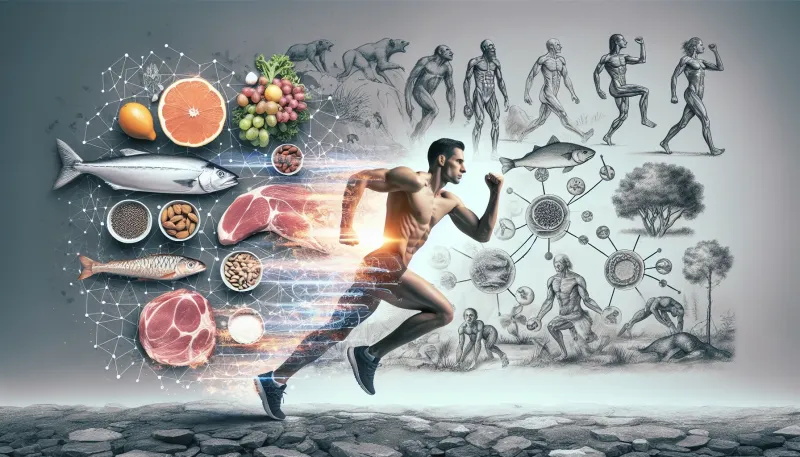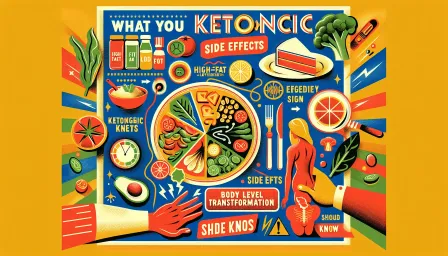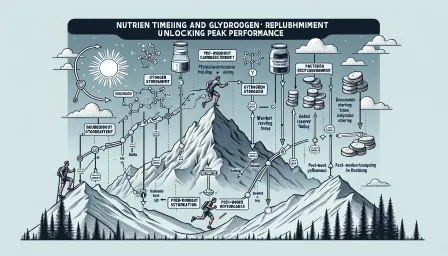Paleo Diet and Athletes: How Ancient Eating Boosts Modern Performance

Discover how the Paleo diet can enhance athletic performance by aligning with the nutritional needs of modern athletes. Learn the benefits, challenges, and practical tips for adopting this ancient diet.
The Paleo diet, also referred to as the "caveman diet," revolves around the principle of consuming foods that were presumably available to humans during the Paleolithic era. This dietary trend has gained significant traction among athletes. But can an ancient way of eating genuinely enhance modern athletic performance? This article delves into the specific benefits and practical aspects of the Paleo diet for athletes, offering insights and solutions for those looking to adopt this robust nutritional strategy.
What is the Paleo Diet?
The Paleo diet emphasizes whole, unprocessed foods, mirroring what our ancestors might have consumed. The diet primarily includes:
- Lean meats and fish
- Fruits and vegetables
- Nuts and seeds
- Healthy fats
It excludes processed foods, grains, dairy, legumes, and refined sugars. The rationale is that modern agricultural practices have introduced foods that our bodies are not optimally adapted to process, leading to chronic health issues.
Benefits for Athletes
Athletes require optimal nutrition to support their training regimes and enhance performance. The Paleo diet offers several advantages:
Enhanced Muscle Growth and Recovery
Key components of the Paleo diet, such as lean meats and fish, provide high-quality protein necessary for muscle repair and growth. The inclusion of anti-inflammatory foods like fruits, vegetables, and healthy fats can aid in faster recovery times.
Improved Energy Levels
By focusing on nutrient-dense foods and avoiding processed carbohydrates, athletes experience more stable energy levels. Avoiding sugar crashes can result in better performance and endurance during training and competition.
Decreased Inflammation
Chronic inflammation can hinder athletic performance. The Paleo diet’s emphasis on anti-inflammatory foods and elimination of processed ingredients helps reduce inflammation, promoting overall health and well-being.
Challenges and Considerations
While the Paleo diet offers numerous benefits, there are potential challenges athletes might face:
Carbohydrate Intake
Carbohydrates are crucial for athletes, particularly those engaged in high-intensity sports. The Paleo diet restricts grains and legumes, making it essential to find alternative carbohydrate sources, such as sweet potatoes and fruits.
Nutritional Balance
Athletes need to ensure they receive a balanced intake of nutrients. Careful planning is required to avoid nutrient deficiencies, particularly with calcium and vitamin D, typically obtained from dairy products.
Adaptation Period
Shifting to a Paleo diet can necessitate an adjustment period, where athletes might initially experience fluctuations in energy levels as their bodies adapt.
Practical Tips for Athletes Adopting the Paleo Diet
For athletes keen on integrating the Paleo diet into their regimen, here are some practical tips:
Plan Your Meals
Preparation is vital. Planning and prepping meals can help ensure you have Paleo-friendly foods readily available, reducing the temptation to reach for non-compliant options.
Focus on Variety
Incorporate a wide range of foods to ensure a comprehensive nutrient profile. Rotate between different protein sources, vegetables, and healthy fats.
Utilize Carbohydrate Timing
Consume carbohydrates strategically around workouts to optimize energy levels and recovery. Sweet potatoes, fruits, and starchy vegetables can be excellent choices.
Stay Hydrated
Hydration is crucial for athletic performance. The elimination of processed foods might reduce sodium intake, so balancing electrolytes is essential.
Expert Opinions
Many nutritionists and sports scientists recognize both the potential benefits and challenges of the Paleo diet for athletes. Dr. Loren Cordain, a leading advocate of the Paleo diet, asserts that this eating regimen aligns well with our genetic makeup, potentially offering significant health benefits.
However, experts also caution that individual dietary needs vary, and what works for one athlete may not be suitable for another. Consulting with a nutritionist or dietitian before making significant dietary changes is advisable.
Conclusion
The Paleo diet presents a viable nutritional strategy for athletes, with potential benefits like enhanced muscle growth, improved energy levels, and reduced inflammation. However, it also poses challenges such as managing carbohydrate intake and ensuring nutritional balance. With careful planning and consideration, the Paleo diet can be effectively integrated into an athlete’s regimen, potentially boosting performance and overall health.
Ultimately, the key lies in personalization and seeking professional guidance to tailor the diet to individual needs and goals, ensuring optimal results.



























